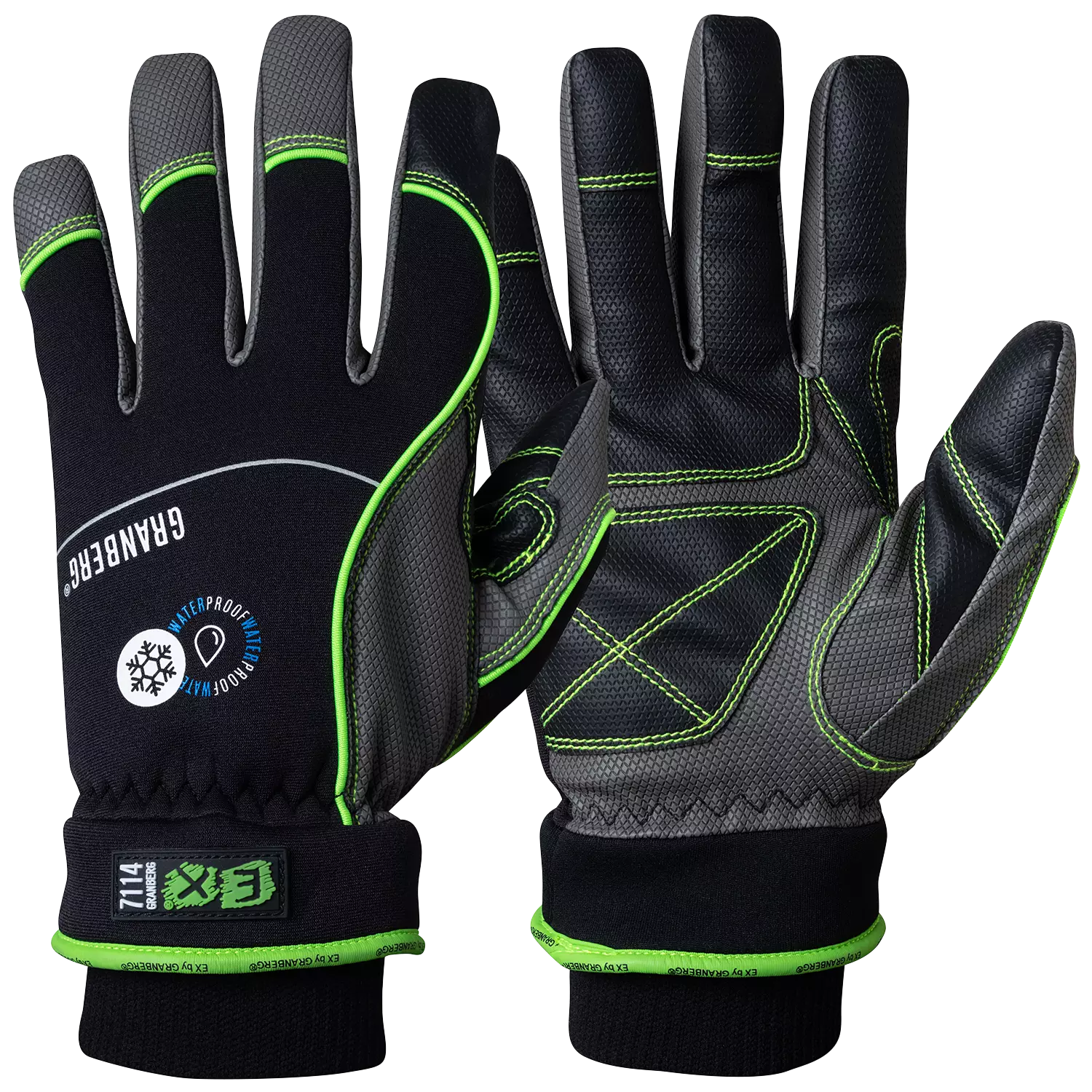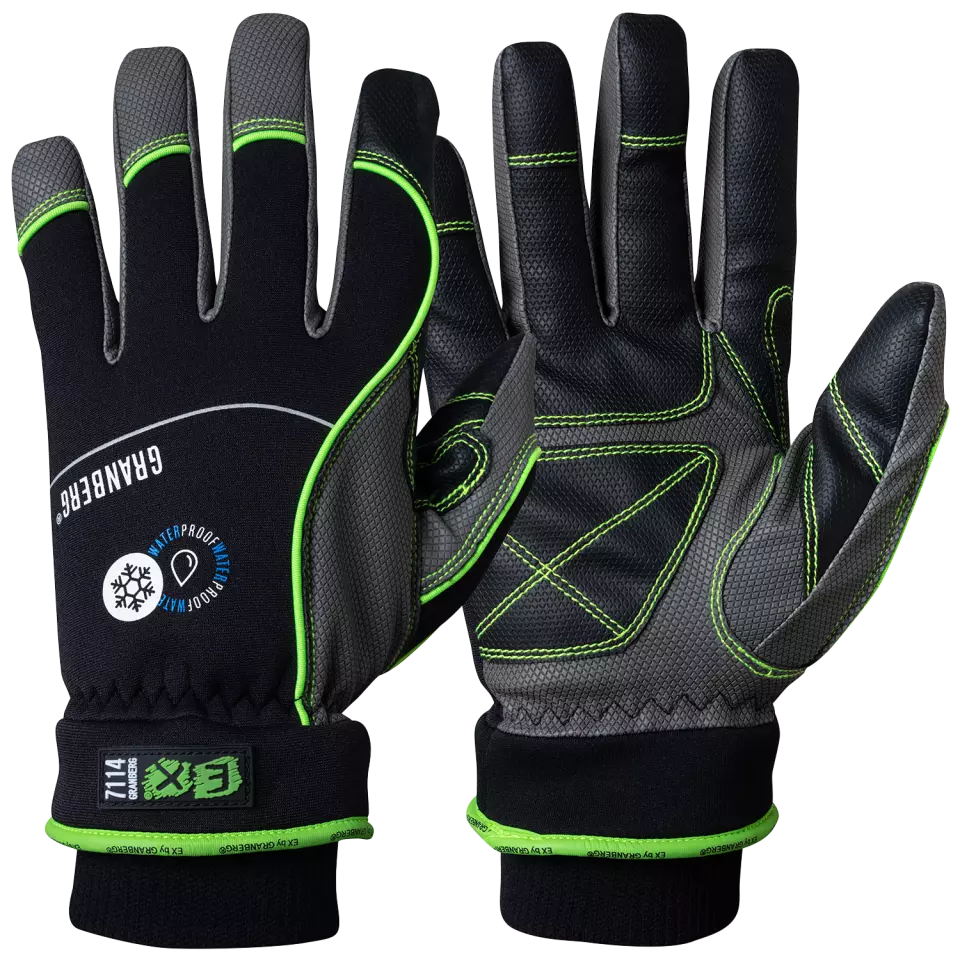
Features You'll Love

Glove Features · Reinforced Palm
Enjoy enhanced durability and protection where you need it most, extending glove life and improving grip.

Cuff Style · Elastic
Determines how the glove secures around the wrist, affecting fit, protection from debris, and ease of putting gloves on and taking them off.
Granberg
EX® Touchscreen Compatible All-round Winter Gloves, Black/Grey, 6 pairs
EX® Touchscreen Compatible All-round Winter Gloves, Black/Grey, 6 pairs
5 / 5
92,00 €
Price per 6 pairs
15,33 € / pair
Choose size
Free delivery
Features You'll Love

Glove Features · Reinforced Palm
Enjoy enhanced durability and protection where you need it most, extending glove life and improving grip.

Cuff Style · Elastic
Determines how the glove secures around the wrist, affecting fit, protection from debris, and ease of putting gloves on and taking them off.
Product description
These professional cold-weather work gloves feature innovative MicroSkin Shield® technology combined with a PROTEX™ membrane for superior protection against cold and moisture while maintaining touchscreen compatibility. The advanced construction includes a warm fleece liner and neoprene back, offering excellent thermal insulation and breathability. Enhanced with strategic palm and thumb-base reinforcement, these gloves deliver exceptional grip and flexibility in both wet and dry conditions.
Product Features:
- Touchscreen compatible design
- Sewn-in thermal, waterproof and breathable ProTex™ membrane
- Warm and soft fleece liner
- Palm and thumb-base reinforcement
- Fully lined construction
Technical Details:
- MicroSkin Shield® palm material
- Neoprene back construction
- Synthetic liner with ProTex® membrane
- Tight fit design
- Chromium-free materials
Performance Ratings:
- CE Category II certified
- Convective cold resistance: Level 1
- Contact cold resistance: Level 2
- Abrasion resistance: Level 2
- Tear resistance: Level 2
- Puncture resistance: Level 1
Recommended Applications:
- Touch screen device operation
- Assembly work in cold environments
- Tasks requiring high mobility and flexibility
- Applications demanding precise grip control
- Wet and dry condition use
Standards:
- EN ISO 21420:2020